When talking about Japan’s education system, one thing you can’t ignore is its unique “exam culture.” From kindergarten to university, students face entrance exams at different stages. This selective system is unusual even on a global scale. In this article, we’ll take a deep dive into Japan’s exam culture and also provide important information for international students who are considering studying in Japan.
What Are the Main Characteristics of "Entrance Exams" in Japan Now?
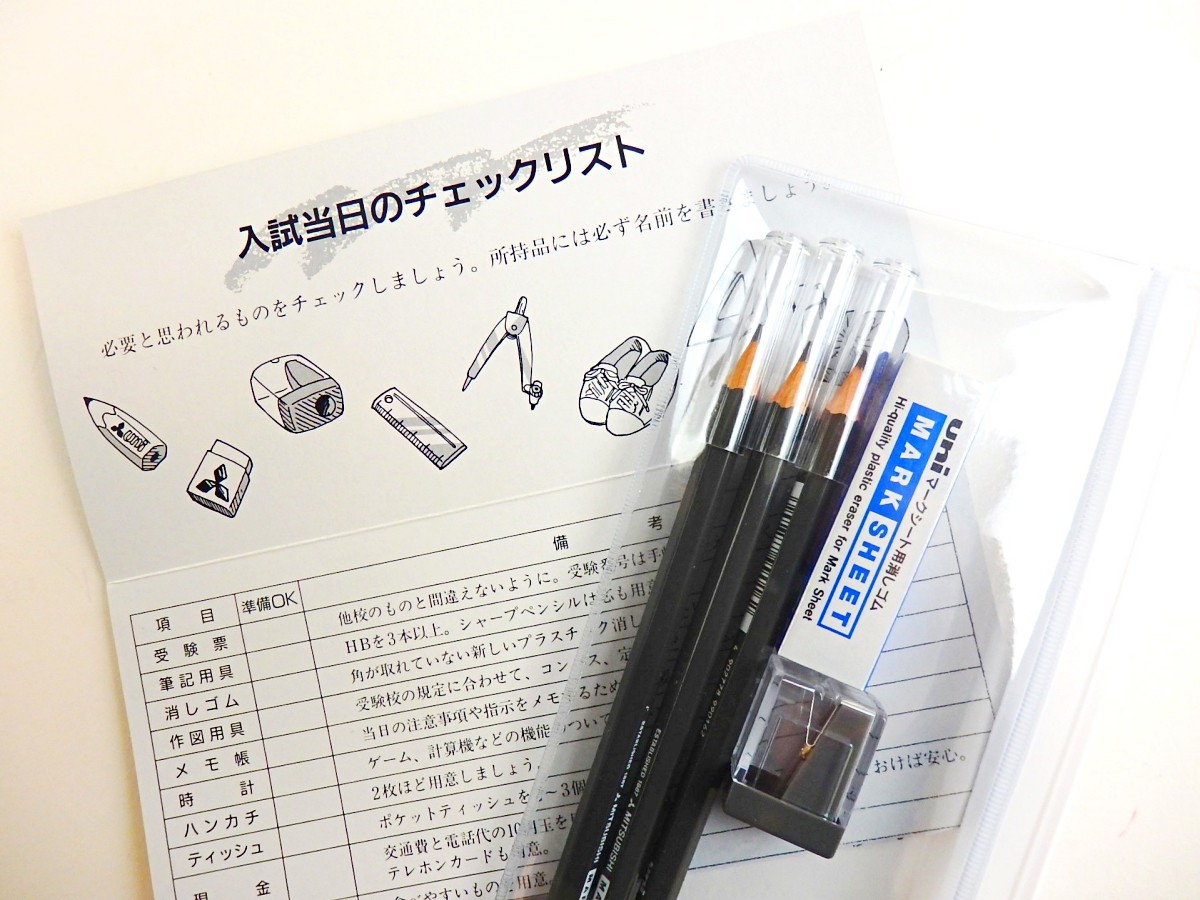
While it is difficult to pinpoint exactly when Japan’s entrance exam system began, academic ability–based selection became central after the new university system was launched in 1949. In 1967, the recommendation-based admission system was introduced to accept more diverse students. As for nationwide standardized testing, the National Center Test for University Admissions started in 1990, and in 2021, it was replaced by the Common Test for University Admissions, which evaluates critical thinking and decision-making skills more comprehensively.
About Kindergarten and Elementary School Entrance Exams
Why Take Exams from Elementary School? Entrance Exams for Kindergarten Also Exist

A uniquely Japanese phenomenon is the so-called "ojuken"—entrance exams for elementary school. In fact, there are even exams for kindergartens, meaning children as young as 3 or 4 years old may already be taking tests. This is extremely rare worldwide. One reason behind this is the appeal of integrated education systems, where students can advance from elementary school to university within the same institution. Prestigious schools such as Keio Yochisha Elementary School, Waseda Jitsugyo Primary School, Gakushuin Primary School, and Aoyama Gakuin Elementary School guarantee admission to their affiliated universities, freeing students from the intense competition of later entrance exams. The content of elementary school entrance exams typically includes spatial and numerical reasoning problems, group behavior observation, physical fitness tests, interviews, drawing, and craftwork—assessing children’s overall development.
About Junior High School Entrance Exams
Concentrated in the Tokyo Metropolitan Area ?
Junior high school entrance exams are not a nationwide phenomenon, but are heavily concentrated in the Tokyo metropolitan area (Tokyo, Kanagawa, Chiba, and Saitama). According to 2024 data, the rate of students taking junior high entrance exams in this region reached about 20%. In some areas of Tokyo, one in four children goes through this process.
Mostly Boys’ and Girls’ Schools
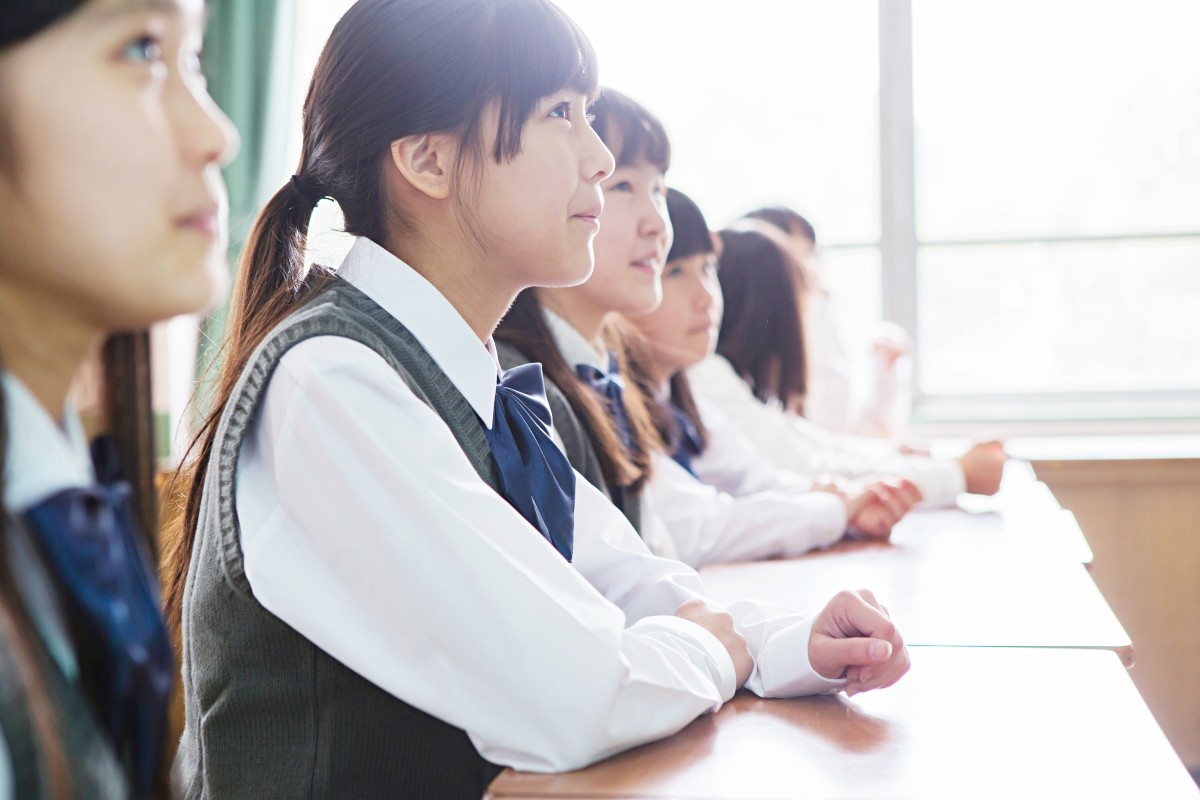
Another distinctive feature of Japan’s junior high school entrance exam culture is the strong presence of single-sex schools. Prestigious boys’ schools include Kaisei Junior High School, Azabu Junior High School, and Musashi Junior High School, while the top girls’ schools are Oin Junior High School, Joshi Gakuin Junior High School, and Futaba Junior High School. This emphasis on single-sex education contrasts with many other Asian countries, where coeducational schools are the norm.
About High School Entrance Exams
Naishinten (Academic Records)
One unique aspect of high school entrance exams in Japan is the naishinten system, which evaluates students not only on their entrance exam results but also on their overall performance in junior high school. Scores from the three years of junior high school, including grades, behavior, participation in clubs, homework, and classroom attitude, are all factored into admission decisions.
Mock Exams and the Hensachi (Standard Score)System
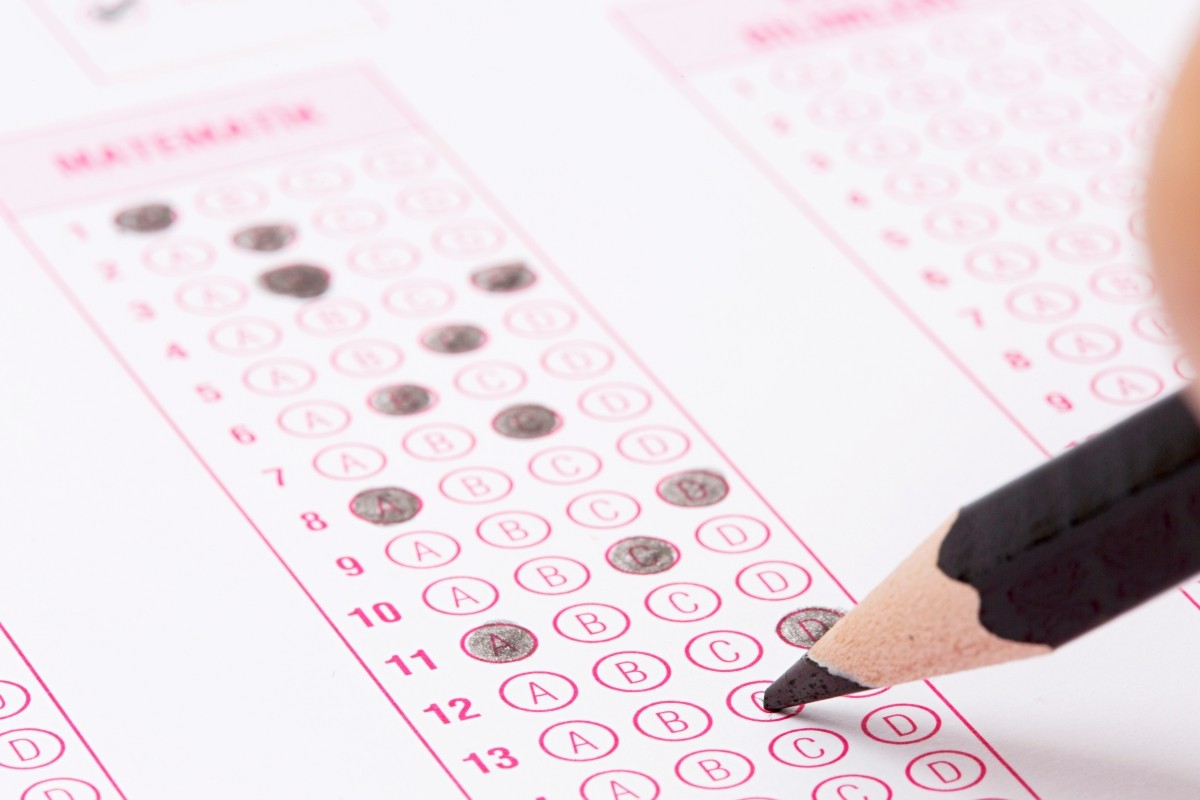
Another central feature of Japan’s exam culture is the concept of hensachi, a standardized score that indicates a student’s relative academic standing, with 50 as the average. This system ranks students and schools numerically, deeply shaping educational competition. As a result, mock exams (moshi) are held regularly and play a crucial role in helping students determine realistic target schools.
About University Entrance Exams
Cram School and Prep School Culture

Japan’s university entrance exams are supported by a widespread cram school (juku) and prep school (yobiko) system. Large prep schools such as Kawaijuku, Sundai Yobiko, and Yoyogi Seminar, as well as smaller private tutoring schools, offer a wide range of services. For many students, evenings after regular school are spent studying at these institutions.
There is a retry route called "Ronin"
A uniquely Japanese feature is the concept of ronin. Students who fail their first attempt at university entrance exams often dedicate the following year (or more) to intensive preparation for another try. This is particularly common among those aiming for competitive programs such as medicine, where multiple years of reattempts are not unusual.
Japan’s Fascinating Exam-Related Traditions
During exam season, Japan sees a variety of customs and items dedicated to bringing good luck in exams.
Visiting Shrines, Ema, and Omamori
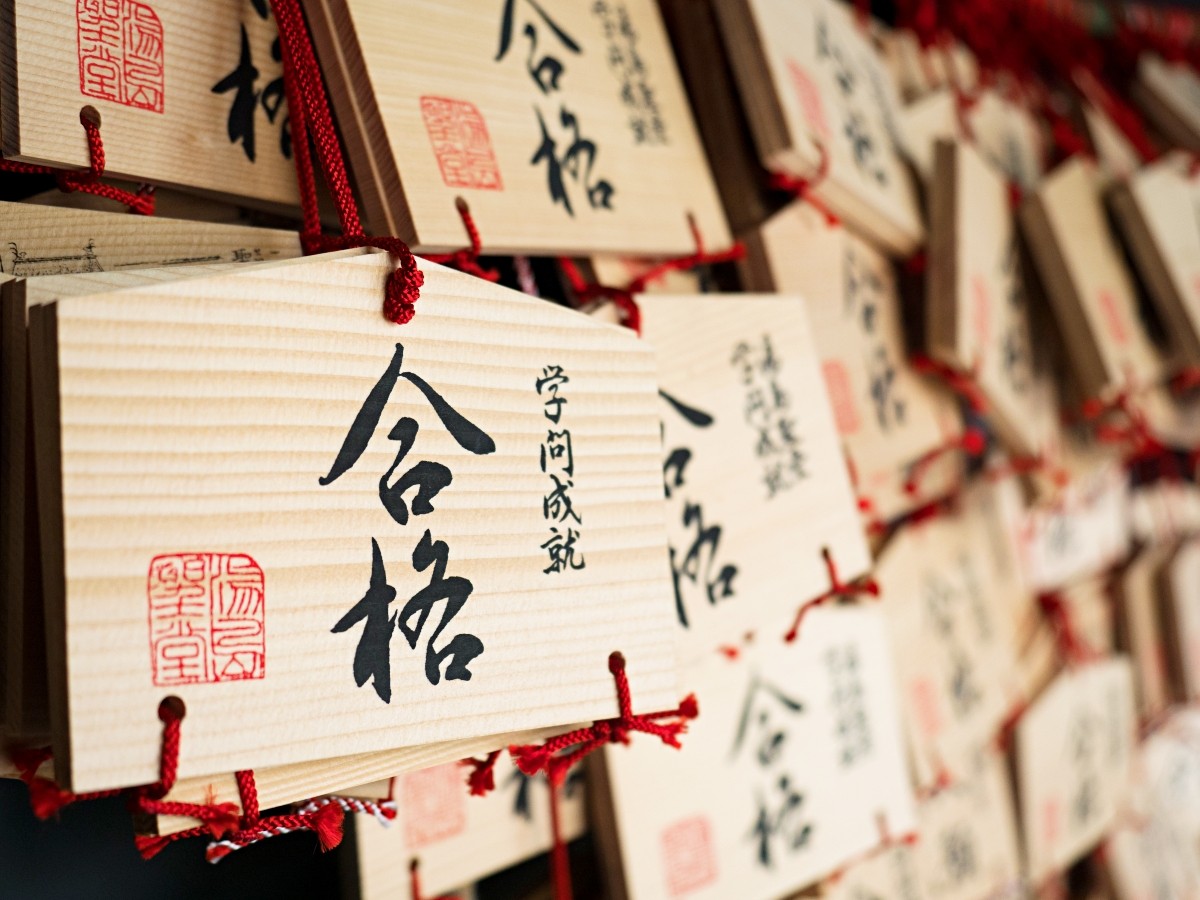
Shrines dedicated to Sugawara no Michizane, the deity of learning, attract countless students and families every exam season. The most famous are Kitano Tenmangu Shrine in Kyoto and Dazaifu Tenmangu Shrine in Fukuoka. Students write their wishes for success on ema (wooden prayer plaques) or purchase omamori (protective charms).
Lucky Foods like KitKat and Katsudon

In addition to praying for success at shrines, "goroawase" (wordplay) good luck foods are also popular. Representative examples include Kit Kats, which sound like "kitto katsu" (you will surely win); katsu-don, which includes the word "katsu" (to win); okra, whose pentagonal cross-section evokes "gokaku" (passing an exam); and Koala's March cookies, based on the idea that koalas don't fall from trees.
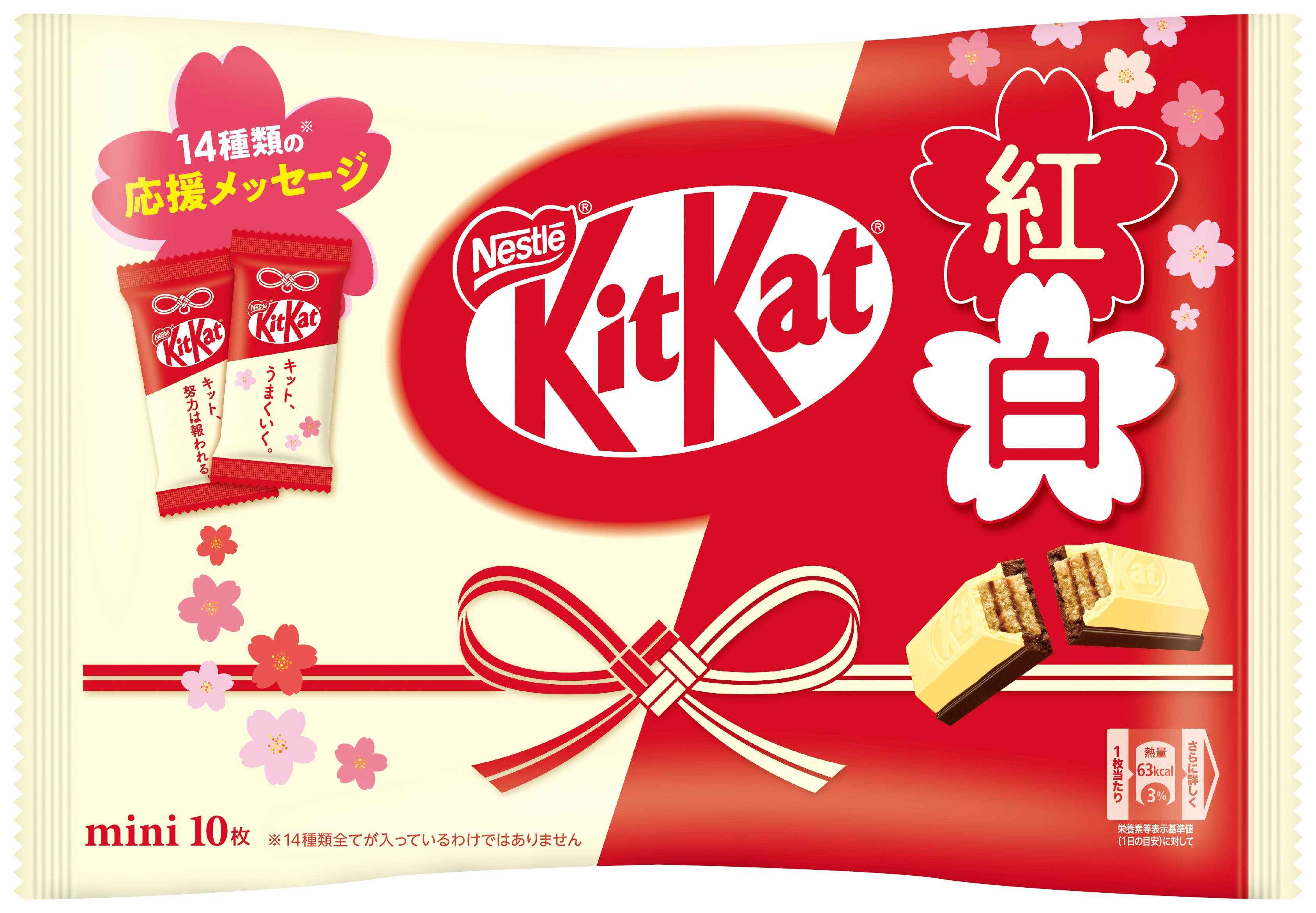
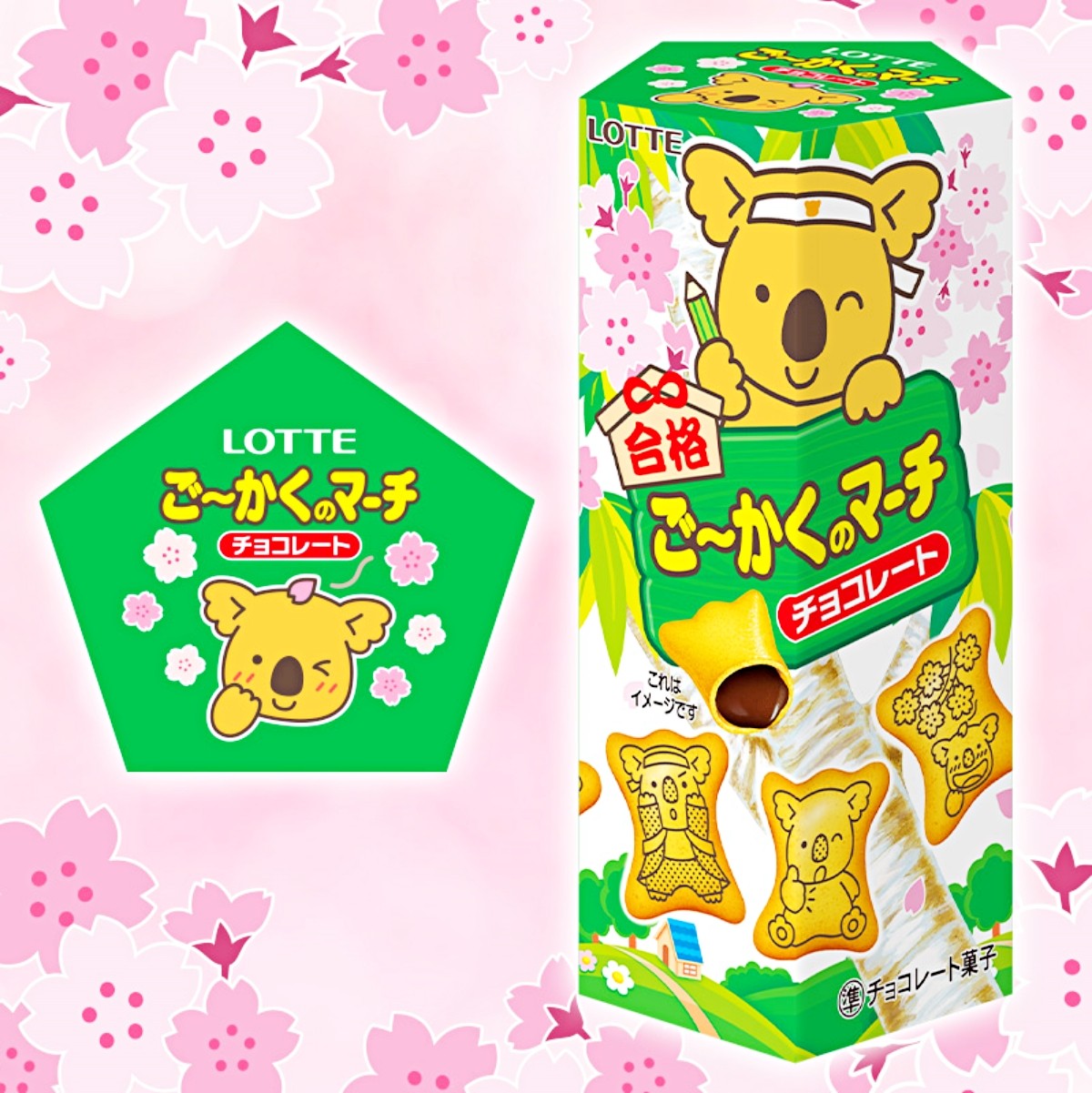
During exam season, Kit Kat and Koala's March release special packages with cute designs.
Good Luck Charms
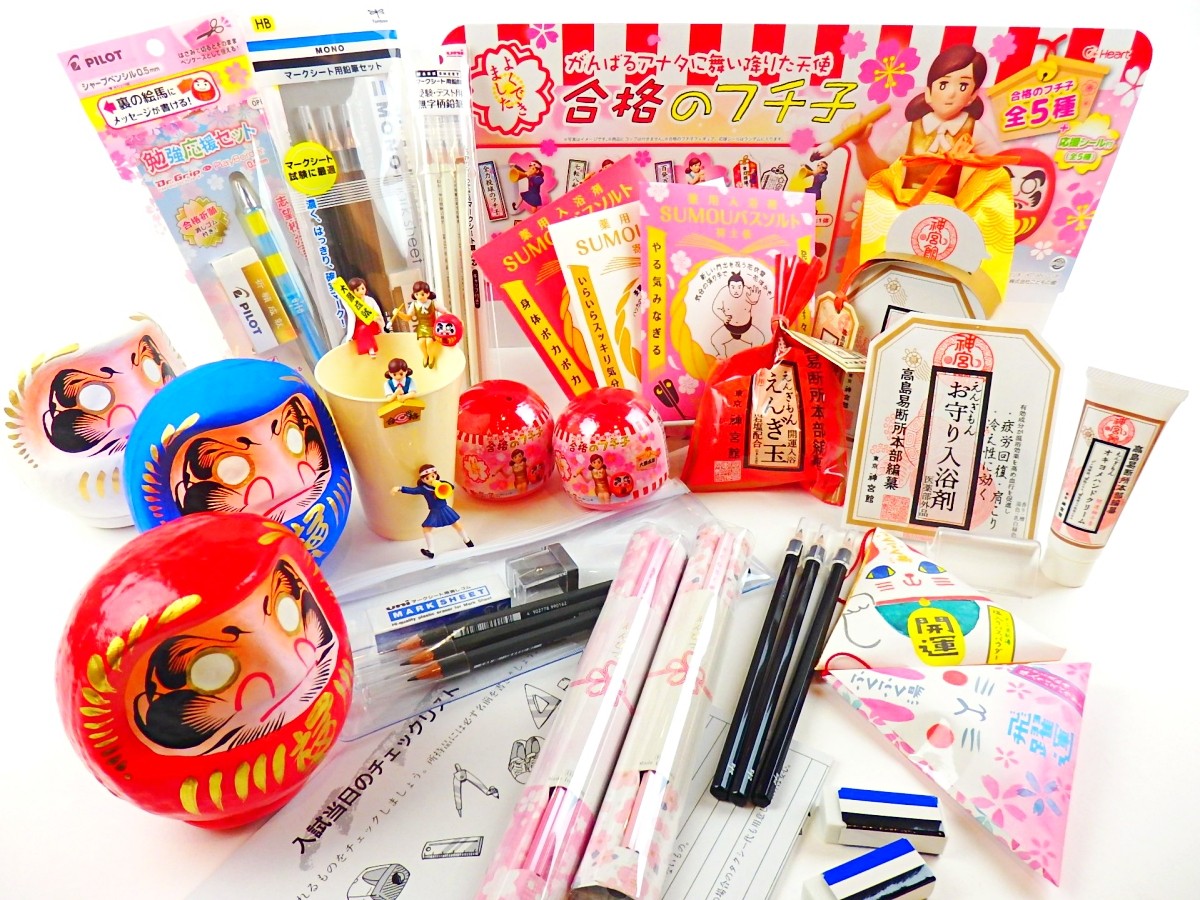
During exam season in Japan, stationery makers release a wide range of limited-edition items designed to cheer on students taking entrance exams. Many of these products are themed around good luck and success and are made to be both symbolic and practical for actual use during tests. For example, you will find five-sided pencils (a wordplay on gokaku, which means both “pentagon” and “success”), pencils with stronger leads that are less likely to break, and “lucky” erasers decorated with auspicious designs or colors. These items are popular not only for their functionality but also as encouraging charms that give students a psychological boost, helping them believe “I can pass!”
How to Study Abroad in Japan?

Japan attracts many international students who are looking for high-quality education and a unique cultural experience. To enter a Japanese university, however, you must pass several important exams. Here is key information that prospective students should know.
Japanese Language Proficiency Test (JLPT)
For international students considering studying in Japan, proving their Japanese language ability is a prerequisite. The Japanese-Language Proficiency Test (JLPT) is a globally recognized test that certifies the Japanese language ability of non-native speakers.
JLPT Overview
Frequency: Twice a year (July and December)
- Levels: Five levels, from N5 (beginner) to N1 (advanced)
- Official Website: Click Here
If you are hoping to enroll in an undergraduate program at a Japanese university, it is highly recommended that you aim for the N1 level. This level certifies that you can understand Japanese used in a wide range of situations and have the necessary skills for university lectures and research activities.
Examination for Japanese University Admission for International Students (EJU)
The EJU is an exam that evaluates the Japanese language skills and basic academic abilities required for international students who wish to enroll in a Japanese university (undergraduate) or other institution.
EJU Overview
- Frequency: Twice a year (June and November)
- Subjects: Japanese
Science (Physics, Chemistry, Biology—select two)
Japan and the World (Politics, Economics, Society, Geography, History)
Mathematics - Official Website: Click Here
You will select the subjects required by the specific university you are applying to. Many national and prestigious private universities use EJU scores as a key part of their admission criteria.
Popular Universities for International Students

According to 2024 data, the most popular Japanese universities for international students are as follows.
| Waseda University | 5,562 students |
| The University of Tokyo | 4,793 students |
| Ritsumeikan University | 3,258 students |
| Kyoto University | 2,791 students |
| Ritsumeikan Asia Pacific University | 2,776 students |
Source: https://www.studyinjapan.go.jp/ja/_mt/2025/04/data2024z.pdf
Universities like Waseda and Ritsumeikan are highly popular among international students. They are well-regarded for their comprehensive international programs, English-taught classes, and strong support systems for international students. In recent years, many universities have also expanded their scholarship programs and strengthened career support for students.
Using the exam culture and study abroad information in this article as a guide, why not consider studying in Japan?
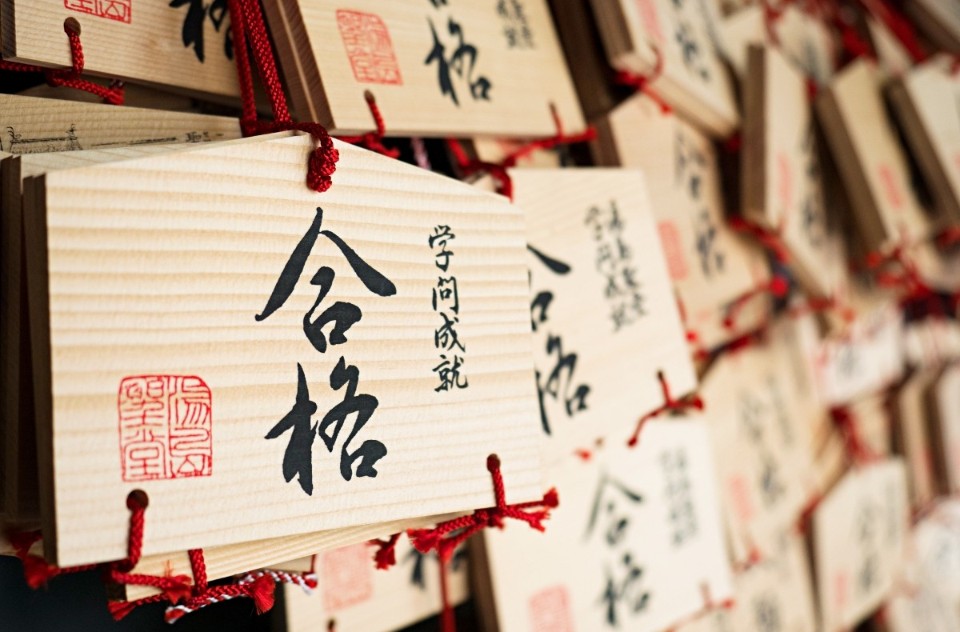
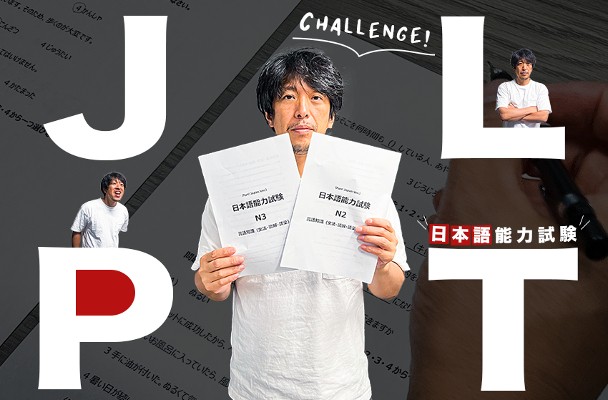

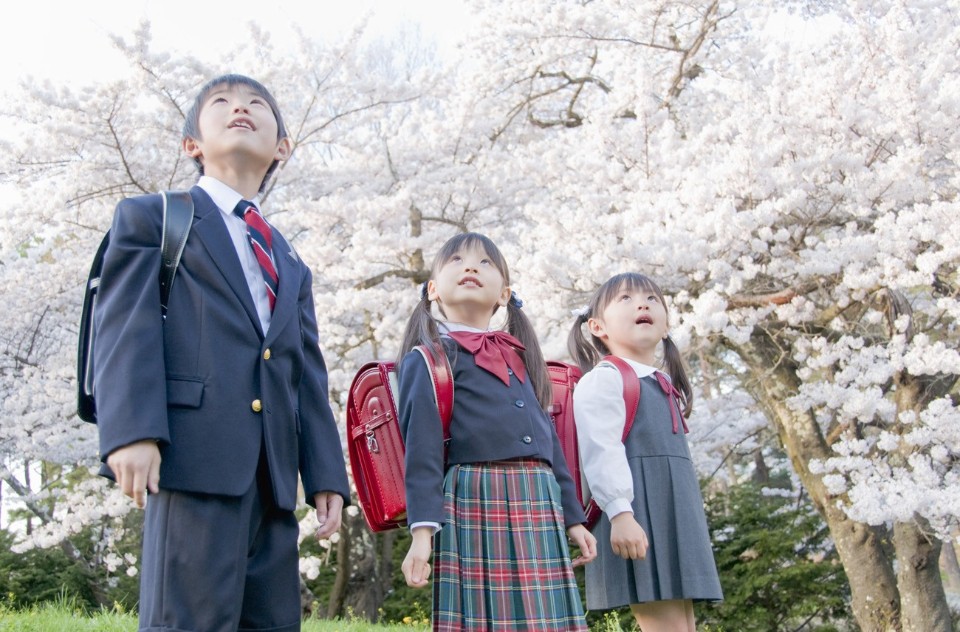
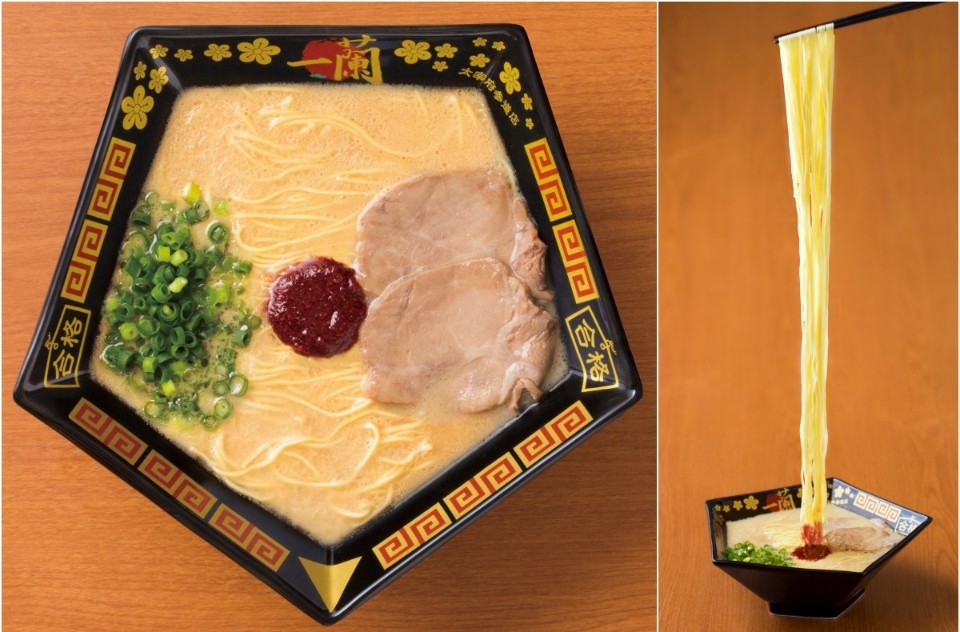
Comments